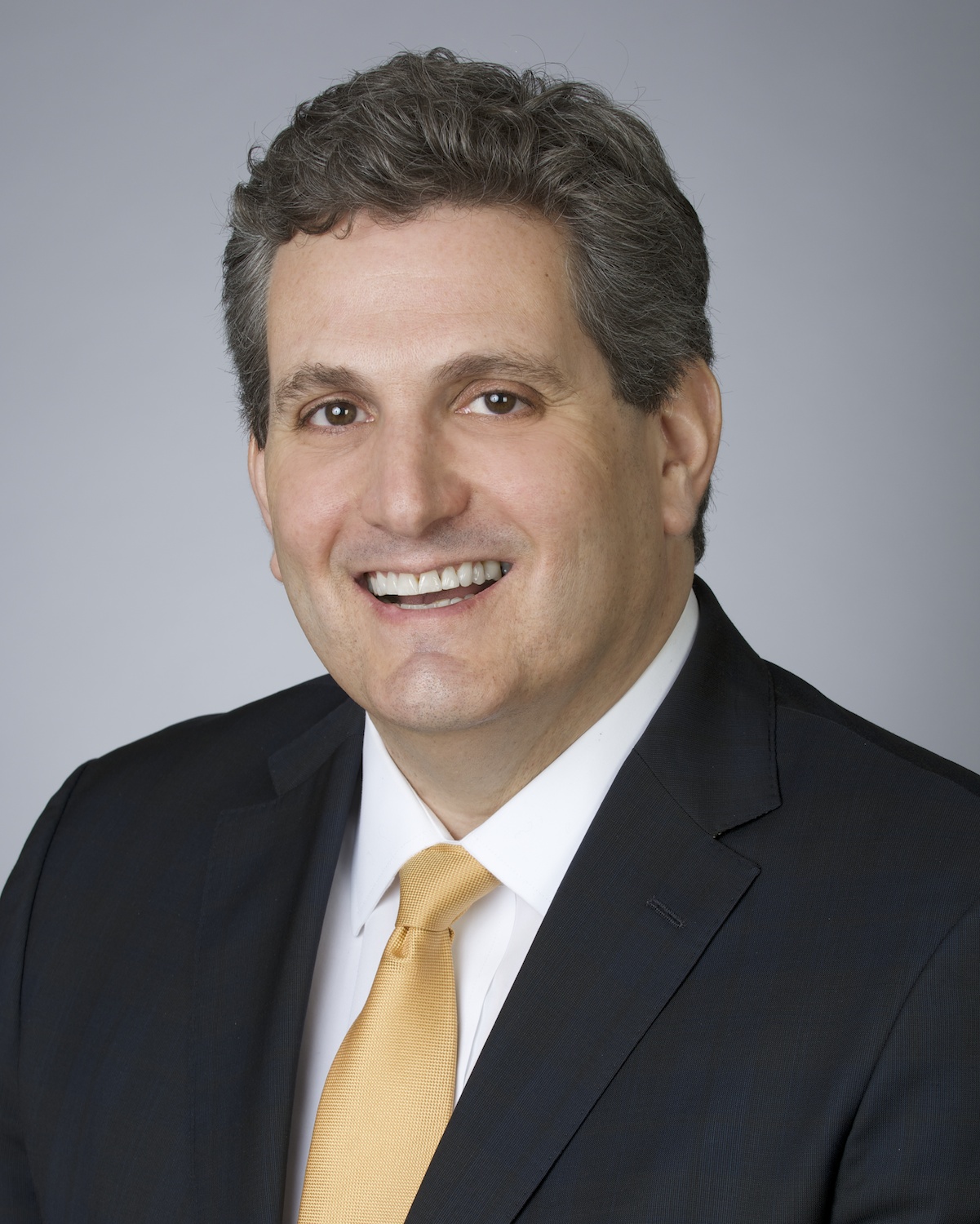Significant emphasis is placed on cash flow planning during a client’s lifetime (or at least it should be). But often overlooked is planning for cash flow after death. Because death triggers a series of tax implications that can significantly impact estate value, financial advisors should extend cash flow planning beyond the client’s lifetime to safeguard the financial well-being of the estate and heirs.
The post-death comprehensive cash flow plan needs to address the efficient transfer of assets to beneficiaries. At minimum the plan should consider cash outflows in the form of inheritances, taxes, probate, gifts, donations and other legal and financial costs. To effectively plan for cash flow, advisors should understand the estate’s assets, liabilities and distribution of assets per the client’s will. As well, the projected time periods associated with the estate’s expected cash inflows and outflows should be considered. A simple estate can take up to 18 months to settle. Ultimately, the goal is to ensure that wealth accumulated during a client’s lifetime is preserved and available for future generations.
Recently, a prospective client, who was the sole beneficiary of their deceased mother’s RRIF, used the funds to pay down debt and contribute to their own RRSP.
However, 16 months later, the executor advised my prospective client that she will need to pay back some of the RRIF funds because the estate had insufficient cash to pay its tax liability. She was aghast and pursued me given that I act as a professional executor.
She asked if her mother’s executor made a mistake and how this could be possible.
I explained that under Subsection 160.2(2) of the Income Tax Act, a taxpayer who receives a benefit from an RRIF as a consequence of the annuitant’s death is jointly and severally liable with the annuitant for the income tax on the benefit arising at death.
Thus, the prospective client was liable. She’ll have to take funds from her RRSP to pay the estate’s tax liability, resulting in a personal tax liability. She wanted recourse and complained about the executor fee.
I explained that the executor fee charged to the estate was a percentage of estate assets being administered, and, given that the RRIF did not flow through the estate, the executor fee did not factor in the RRIF amount. Therefore, the executor did not receive any compensation associated with the RRIF proceeds. This knowledge did not lessen her frustration.
Failure to plan
Upon review, the cash flow planning by the advisor during the mother’s lifetime was extensive but failed to contemplate tax liabilities on death.
The advisor was involved in probate planning, as joint accounts and trusts were established, and beneficiary designations for all of the registered accounts were specified individuals. Hence, the probate amounts paid on death were negligible. But the mother’s cash flow plan stopped at death. It was as though the advisor determined that cash flow would not be their problem once the client died, so why bother contemplating post-death cash inflows and outflows.
When I queried the advisor, he explained that he inherited the deceased mother’s account from a retired advisor, and cash flow planning was rarely part of the retired advisor’s services. In fact, the amount of cash flow planning that the retired advisor had done for the client was unusual, he said.
He also said a major issue he encounters with cash flow planning and preparation is data fragmentation. He rarely has access to the full cash picture, and this typically inhibits cash flow planning.
In the case of the deceased mother, she used a subscription-based software platform that enabled access to financial information from various sources. But even though the inputs were available, planning for cash flow after death was not done.
This planning extends beyond distributing assets to beneficiaries and ensuring taxes are considered. It involves strategic distribution plans in concert with the estate project and administration plan. This could involve the management of outstanding debts, payments to preferred creditors, staggered distributions, charitable donations and bequests, and funding to testamentary trusts. Ensuring adequate liquidity is essential.
Also essential is regularly reviewing beneficiary designations. Outdated or incorrect designations can lead to complications and disputes during estate settlement. This includes the potential for an illiquid estate to have a tax liability for registered accounts if the beneficiary is an individual as opposed to the estate.
While financial advisors traditionally focus on guiding clients through their financial journeys in life, extending their services into the realm of cash flow planning at death is equally essential. Embracing this holistic approach ensures that the true value of financial advice continues to resonate long after a client’s passing.
Michael Kulbak, MBA, CPA, CMA, TEP, is principal of Kulbak Trust Solutions in Mississauga, Ont.
